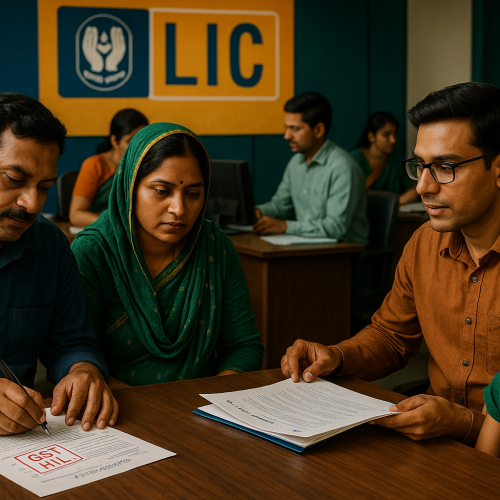Indian banks are expected to see net interest margins (NIMs) bottom out in Q2 FY26, after two quarters of steady decline. Analysts highlight that the Reserve Bank of India’s 100 bps rate cut is now largely absorbed, with the benefits of cheaper funding beginning to show. Private lenders are better cushioned, while public sector banks remain more exposed. The stabilization signals that the worst of margin compression may be behind lenders, offering optimism for profitability recovery.
Core Development
NIMs, a key measure of banking profitability, dropped to 2.89% in June 2025, down from 3.15% a year earlier. The fall was driven by subdued credit growth, weaker CASA mobilization, and faster loan repricing compared to deposits.
Large private banks such as HDFC Bank (–12 bps), ICICI Bank (–2 bps), and Axis Bank (–25 bps) reported modest declines. Public sector banks saw sharper pressure, with SBI (–32 bps), Bank of Baroda (–27 bps), and Canara Bank (–35 bps).
Key Drivers / Issues
The contraction in margins has been shaped by three main factors.
First, banks passed on the 100 bps policy rate cut fully to retail borrowers and small businesses, squeezing spreads. Second, deposit repricing lagged behind loans, increasing funding costs. Third, a slowdown in CASA growth reduced access to low-cost funds.
Stakeholder Impact
For banks, near-term profitability has been under pressure, though easing funding costs from Q3 could lift margins. Borrowers benefited earlier with lower EMIs, particularly for home and SME loans. Investors have seen near-term earnings stress, but the stabilization outlook is improving. For the RBI, steady NIMs will support broader credit transmission during the easing cycle.
Industry & Policy Reactions
Pranav Gundlapalle of Bernstein noted that “most of the 100 bps rate cut will be priced in by September,” with NIMs bottoming out in Q2. BNP Paribas’ Santanu Chakrabarti pointed to multiple tailwinds, including better savings traction and easing deposit costs. Motilal Oswal’s Nitin Aggarwal, however, cautioned that NIMs will stay under pressure through H1, with relief expected only from December.
Challenges Ahead
While stabilization is underway, risks remain. Loan repricing may still outpace deposit adjustments in the short term. Credit growth could weaken if economic momentum slows. Public sector banks remain more exposed to bulk deposit dependence.
Strategic Outlook
Analysts broadly expect NIMs to stabilize in Q2 and gradually recover in Q3, supported by lower funding costs and stronger savings mobilization. The improvement could provide Indian banks with renewed profitability momentum, though PSU lenders may take longer to regain balance compared to private peers.
Why This Matters
NIM trends serve as a barometer for banking sector health. A bottoming out in Q2 suggests that Indian banks are moving past the margin squeeze, positioning the sector for stronger credit growth and profitability in the coming quarters.












